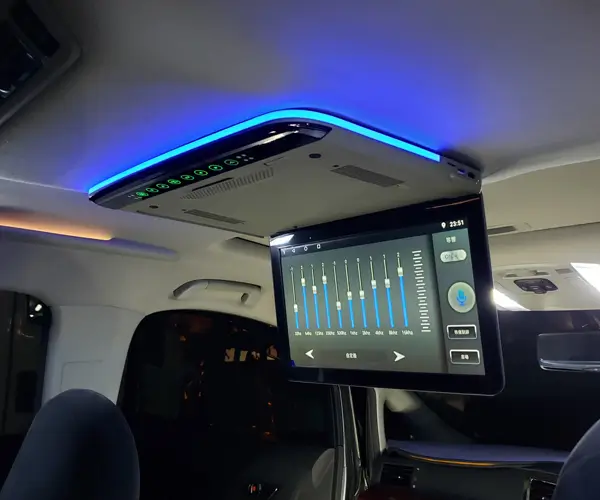Let’s talk about a game-changer in the tech world—Node.js microservices, but with a twist that’s gaining serious momentum: Hindi support. Think about the vast Indian market—billions of users, countless startups, enterprises eager to serve their local language audience efficiently. That’s where this approach shines. Imagine building a robust backend with Node.js that seamlessly integrates Hindi, making your app not just functional but truly native to users.

Why does this matter? Ever tried translating an app into Hindi and ending up with clunky, awkward phrases? That’s a thing of the past. When microservices are designed with Hindi in mind, they open up a pipeline to deliver tailored content, dynamic responses, and localized features without sacrificing speed. Node.js’s non-blocking nature makes it perfect for this—handling multiple requests, managing streams—while serving personalized Hindi experiences. It's like giving your app a native flair, rather than a translation that feels off.
And here’s a thought—ever wonder how easy or hard it is to integrate Hindi support into a microservices architecture? Well, with Node.js, it’s surprisingly smooth. You can develop independent services—say, authentication, data processing, or content management—in little chunks that each handle Hindi content. This makes updates, scaling, and debugging easier, since each microservice is focused, independent. Plus, this approach offers flexibility—whether your app is a banking platform, e-commerce site, or social media app—adding Hindi becomes less of a headache.
A question that pops up often: can a microservices setup really handle high traffic in Hindi? The answer is a big yes. Node.js can handle thousands of concurrent requests effortlessly, and when you break down functionalities into smaller microservices, it’s like having an army working in harmony. Imagine your app handling millions of videos or articles with Hindi labels—no lag, no crashes, just smooth sailing.
Thinking about scalability—it's a big deal. As your user base grows, your microservices can grow with it. You don’t need to overhaul everything. Simply spin up new services or upgrade existing ones. And because everything’s in Hindi, the service feels local, even if it’s operating globally. That kind of connection keeps users engaged longer, increases loyalty, and boosts your reputation.
So, really, it’s not just about tech specs. It’s about understanding how users think, respond, and connect. When you blend Node.js microservices with Hindi, you’re not just coding—it’s about building bridges, making tech more human. That’s the real power behind this combo. The younger folks, the small startups, the giants—everyone’s jumping on this wave because it’s a direct line to a massive, underserved audience.
This approach isn’t just innovative; it’s practical, scalable, and tailored. Whether you’re just starting out or already established, integrating Hindi support into microservices could be the smartest move you make this year. If you're looking to make waves in the Indian market or just want to understand how technology can speak your customers’ language—this is it.
Established in 2005, Kpower has been dedicated to a professional compact motion unit manufacturer, headquartered in Dongguan, Guangdong Province, China. Leveraging innovations in modular drive technology, Kpower integrates high-performance motors, precision reducers, and multi-protocol control systems to provide efficient and customized smart drive system solutions. Kpower has delivered professional drive system solutions to over 500 enterprise clients globally with products covering various fields such as Smart Home Systems, Automatic Electronics, Robotics, Precision Agriculture, Drones, and Industrial Automation.




































